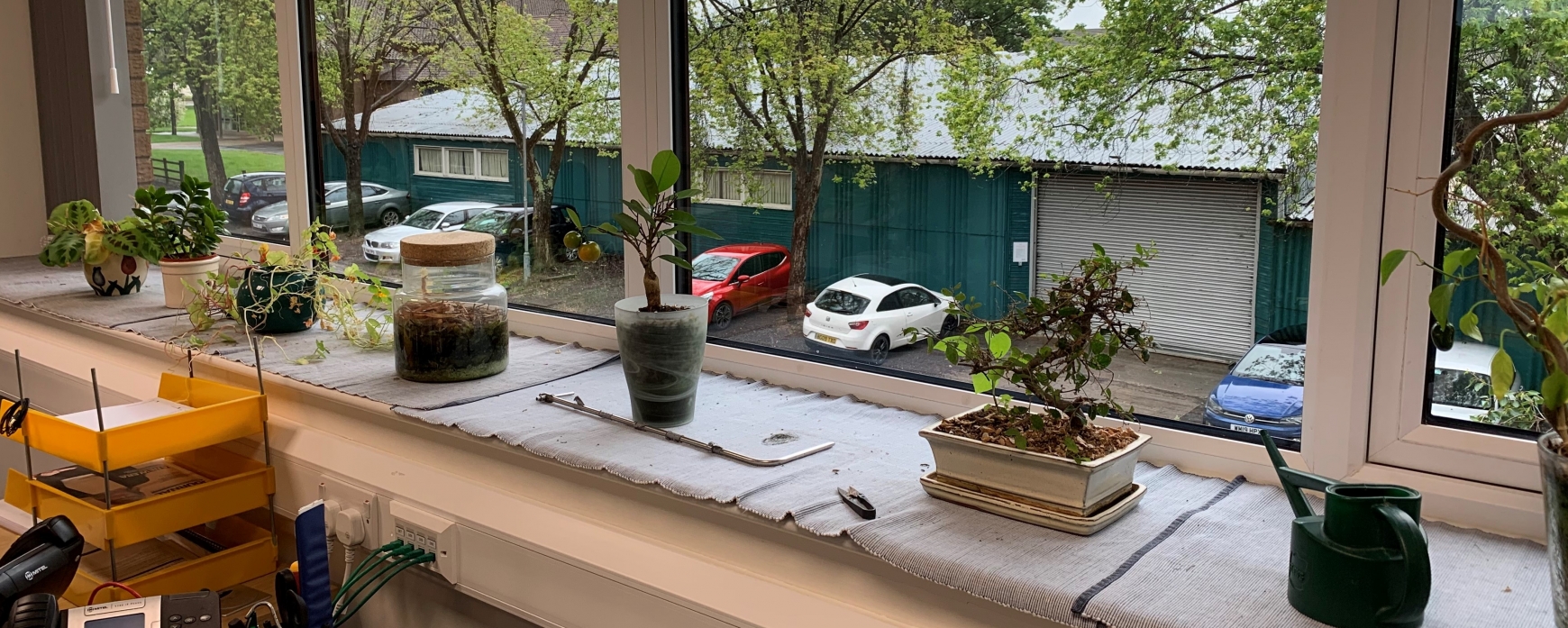I recently came across a talk about the air ‘purifying’ effect of a number of household plants, and within the talk, the speaker mentioned that alongside improved productivity within offices, the addition of a number of these plants per person resulted in energy savings of around 15%.
In the horticulture industry we’re familiar with the supplementation of glasshouse environments with CO2 to increase plant production - but rarely do we think about improving oxygen levels in office environments.
Most of the benefits of plants in the office are actually psychological according to some studies with perceived improvements in humidity, temperature and background noise levels. However, the potential for indoor plants to reduce the energy consumption of air conditioning systems is still highlighted.
A typical office’s levels of CO2 like the one from which I am writing this blog can be up to 1,000ppm (interestingly a figure that most growers aspire to) whilst the normal outdoor level is in the region of 350-400ppm. At above 1,000 ppm, drowsiness can become an issue in humans. In order to maintain CO2 at atmospheric levels whilst indoors then, given that humans consume about 50l of oxygen per hour (and release about the same in CO2) and a leaf provides approximately 5ml of Oxygen per hour (and consumes about the same in CO2) - a total leaf area of about 50m2 would be required per person. Looking at the small citrus plant sat next to me, I think that I’d have to bank on about 300 plants!
The alternative of improving air quality is of course through the opening of windows (or in mechanically ventilated offices, the rate of infiltration can be increased), which is a lot more straightforward. However, this does mean that heating costs will likely go up to heat the incoming air. Whilst I would like to have more greenery within the office, the practicality of a solely plant based air treatment system seems unreasonable!


